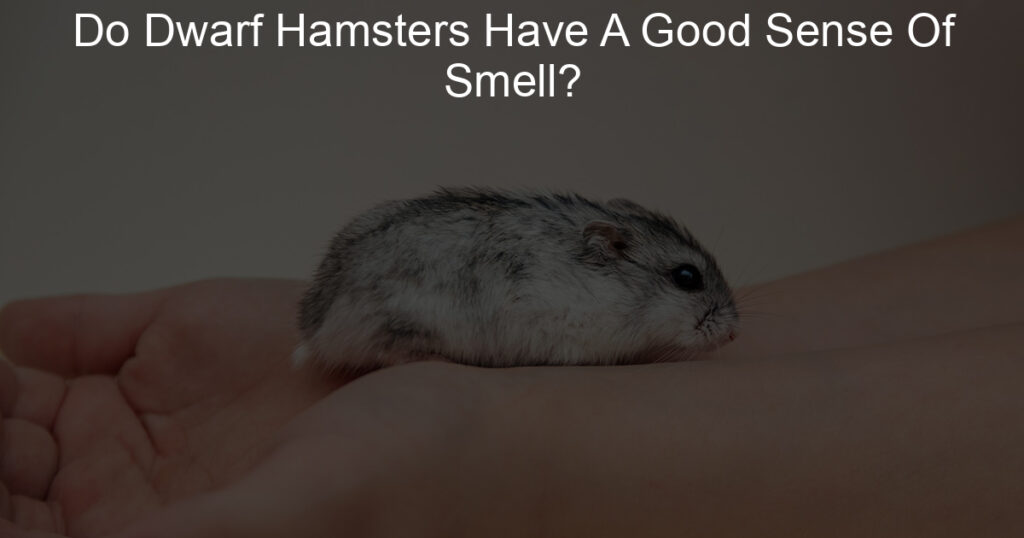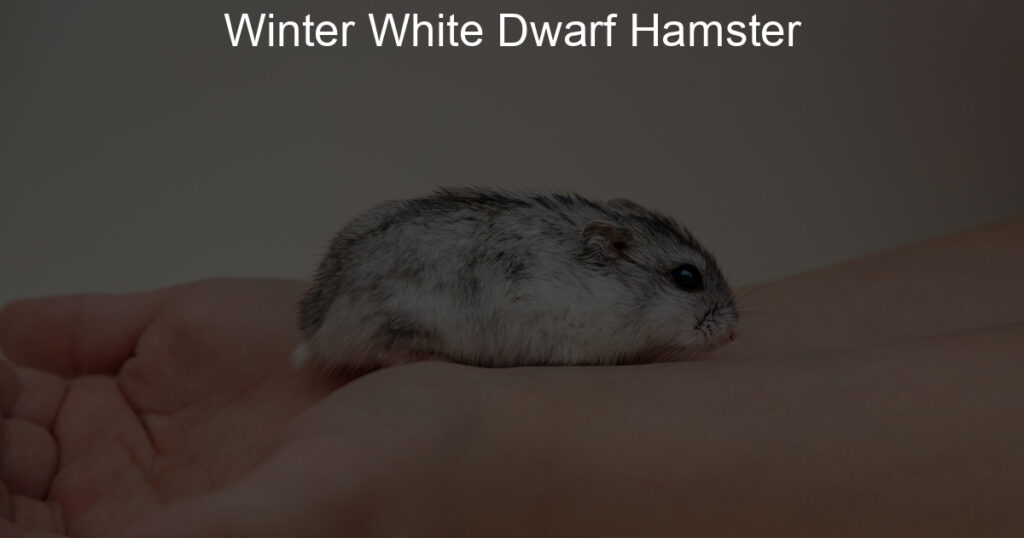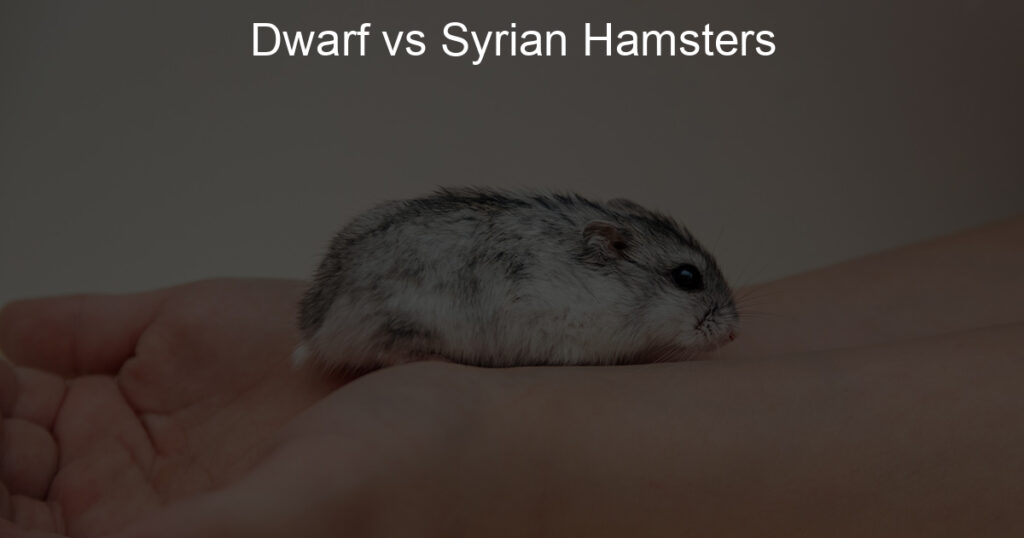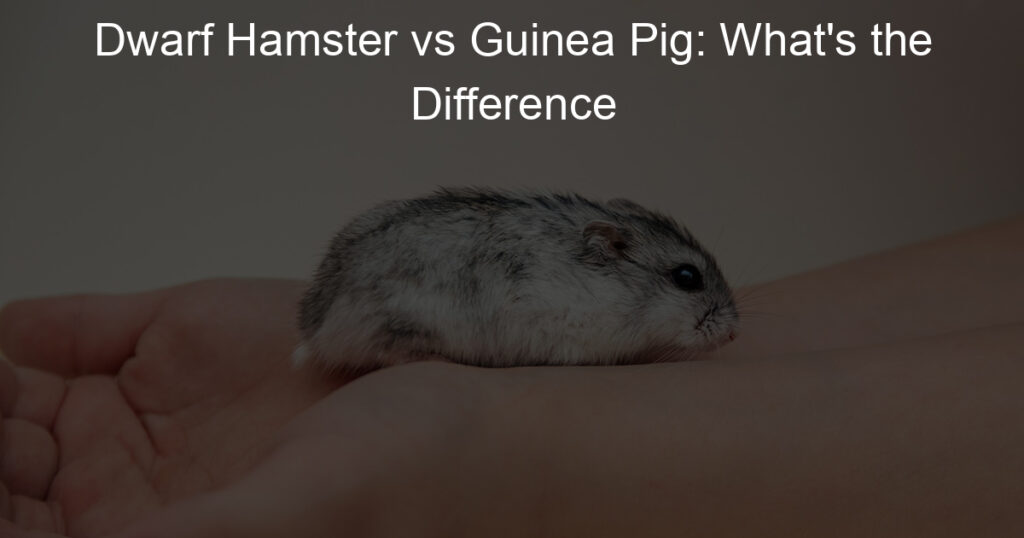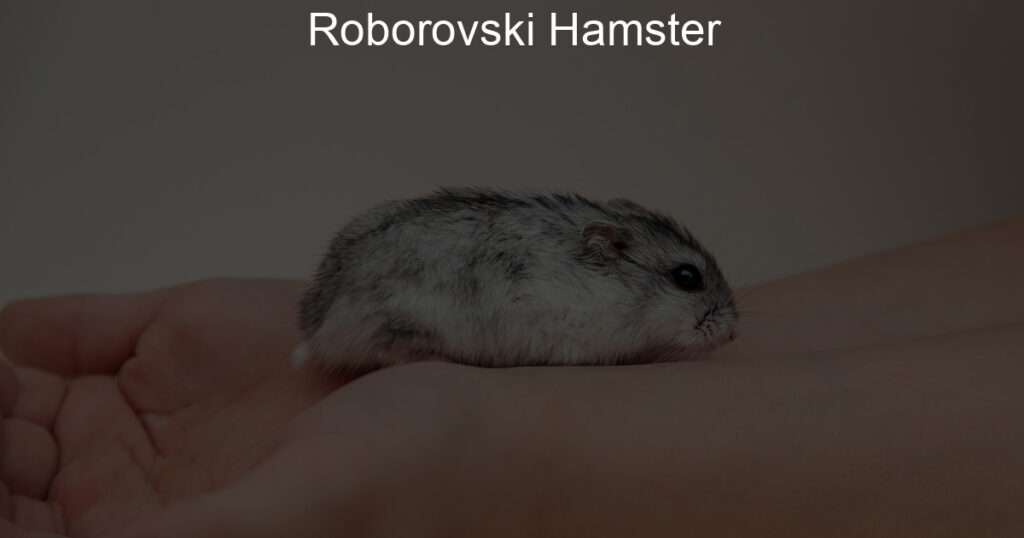We all know that hamsters are cute, cuddly creatures that love to play. But what happens when a dwarf hamster gets angry? Do they get revenge by plotting against their owner? Or do they just sulk in their cage until they calm down? Let’s find out!
Can hamsters get mad at you?
It’s understandable to wonder if hamsters can get mad at you since these small mammals can display a range of emotions. Most hamsters will show a range of behavior from being friendly and curious to shyness, aggression, and even anger.
When it comes to humans though, these canny critters have different personalities just like people do. Some may not be very welcoming about being disrupted or handled and will express their anger through squeaks and bites. It is important to remember that all animals should have their own space respected and be treated with care and love.
Although hamsters don’t get mad in the same way that people do, they are still capable of expressing their anger when something doesn’t feel right to them.
What noise does a hamster make when angry?
When a hamster is angry, it makes many different noises that can sound like grunts, squeaks, and barks. Hamsters can also make these noises for other reasons such as when threatened or scared.
When an angry hamster is feeling particularly frustrated, it may stamp its feet and make a loud screeching noise that could be mistaken for squealing or hissing.
It’s important to remember that one should never disturb a hamster when it’s making any of these noises, as this will only cause further distress to the animal.
How do you tell if your dwarf hamsters are fighting?
If you own dwarf hamsters, it can be a bit tricky to tell if they are fighting or just playing. One surefire way to identify a fight is by listening for aggressive squeaks and growls that sound different than the normal noises they make when playing.
If these sounds occur, look to see if your hamsters have broken skin anywhere on their bodies as this indicates a more serious fight. Additionally, if one of your hamsters is hunched up with its ears and eyes pressed against its head it may be ready for an attack – this behavior displays that it is feeling very threatened.
Lastly, you might notice that one of your hamsters is starting to act out of character compared to normal – this could potentially mean it’s feeling stressed because of another animal in its cage. If you notice any of these signs, separate the animals immediately and use caution until they seem to become more relaxed around each other again.
Are dwarf hamsters aggressive?
Dwarf hamsters can be adorable, small balls of fluff that brighten up any home. However, some people are unsure if they are friendly or even suitable as a pet due to potential aggressiveness. The truth is, dwarf hamsters are not naturally aggressive but can become defensive if they feel threatened.
There’s no need to worry though; this is common behavior for any animal. By providing your little friend with an environment where it feels safe and secure, such as in its cage or when being handled with care, you can avoid any aggression from your pet!
How do I know if my hamster is annoyed?
Knowing when your hamster is annoyed can be tricky. As they cannot tell you how they are feeling, you must use other cues to determine how your hamster is feeling. You may notice that your hamster shows less enthusiasm and energy than it used to.
It may suddenly become aggressive and may bite more frequently or become particularly grumpy around certain people or animals. Its activity level could decline and its sleeping behavior might change once it becomes annoyed, seeming less interested in playtime than usual. Paying attention to movements, sounds, smells, and behavior can help you figure out if your hamster is annoyed.
How to talk to a hamster?
Before you start talking with your hamster, make sure to give them plenty of space and opportunity to explore its environment. Hamsters are social creatures, but they can become skittish if approached too quickly or harshly.
Start by softly speaking close to their cage and don’t expect an immediate response. You can try enticing them by offering small treats from your hand – just be sure that whatever food you offer is appropriate for a hamster. Once your hamster realizes you are a trusted member of their world, communication will come naturally!
Enjoy bonding with your new fur friend by engaging in activities that both of you can partake in – such as running on the wheel together or spending time playing in tunnels. With patience and kindness, you can create a natural rapport with your pint-sized pal!
The Bottom Line
Although these furry little friends may not be the most intimidating animal on the block, it is important to remember that they are still wild creatures with their own ways of expressing anger.
The next time your dwarf hamster starts acting out, take a step back and try to figure out what might be bothering them. With a little bit of patience and understanding, you should be able to get to the bottom of things and help your furry friend feel better in no time.



